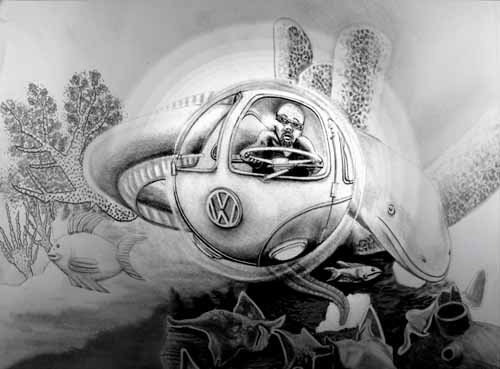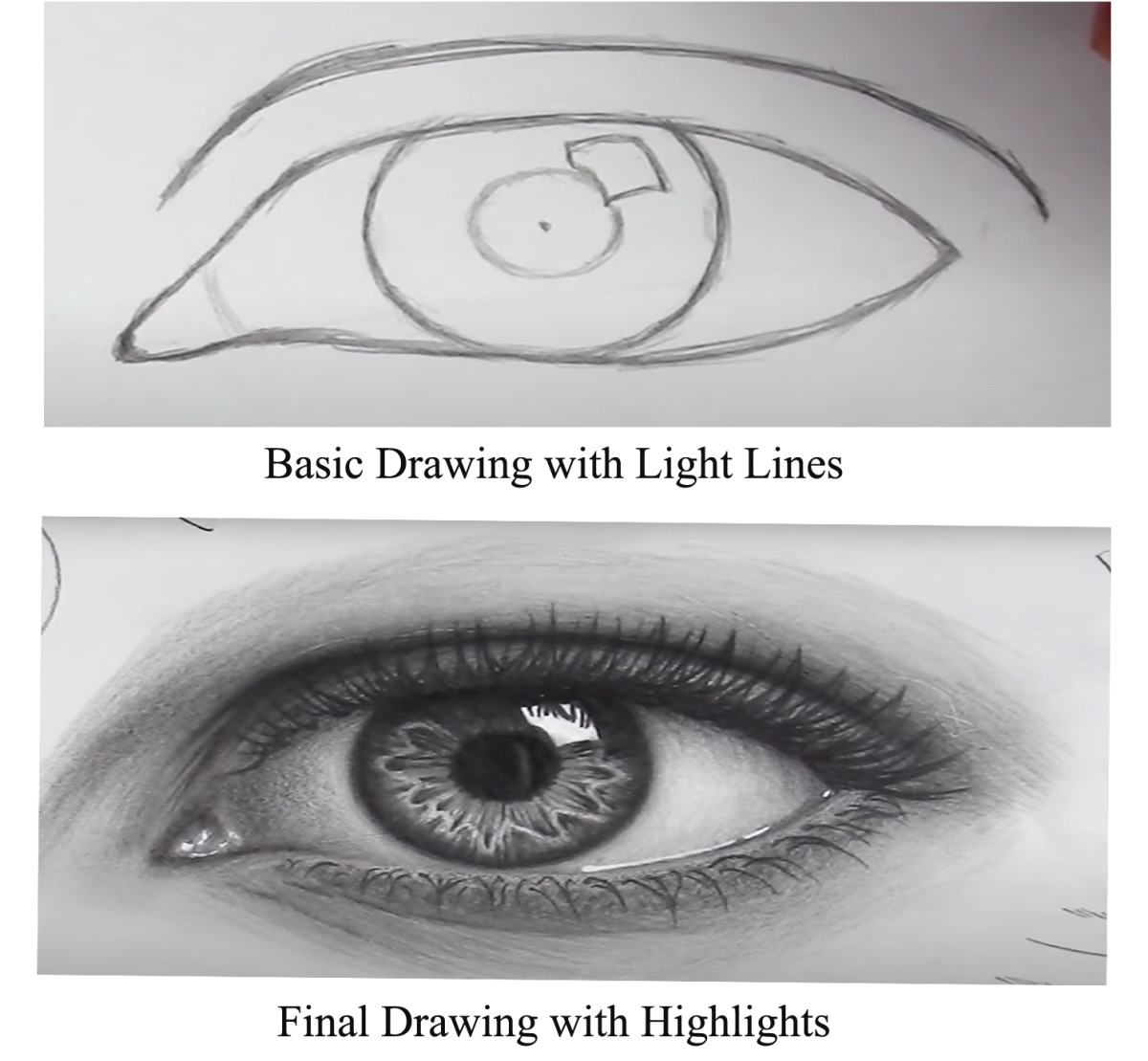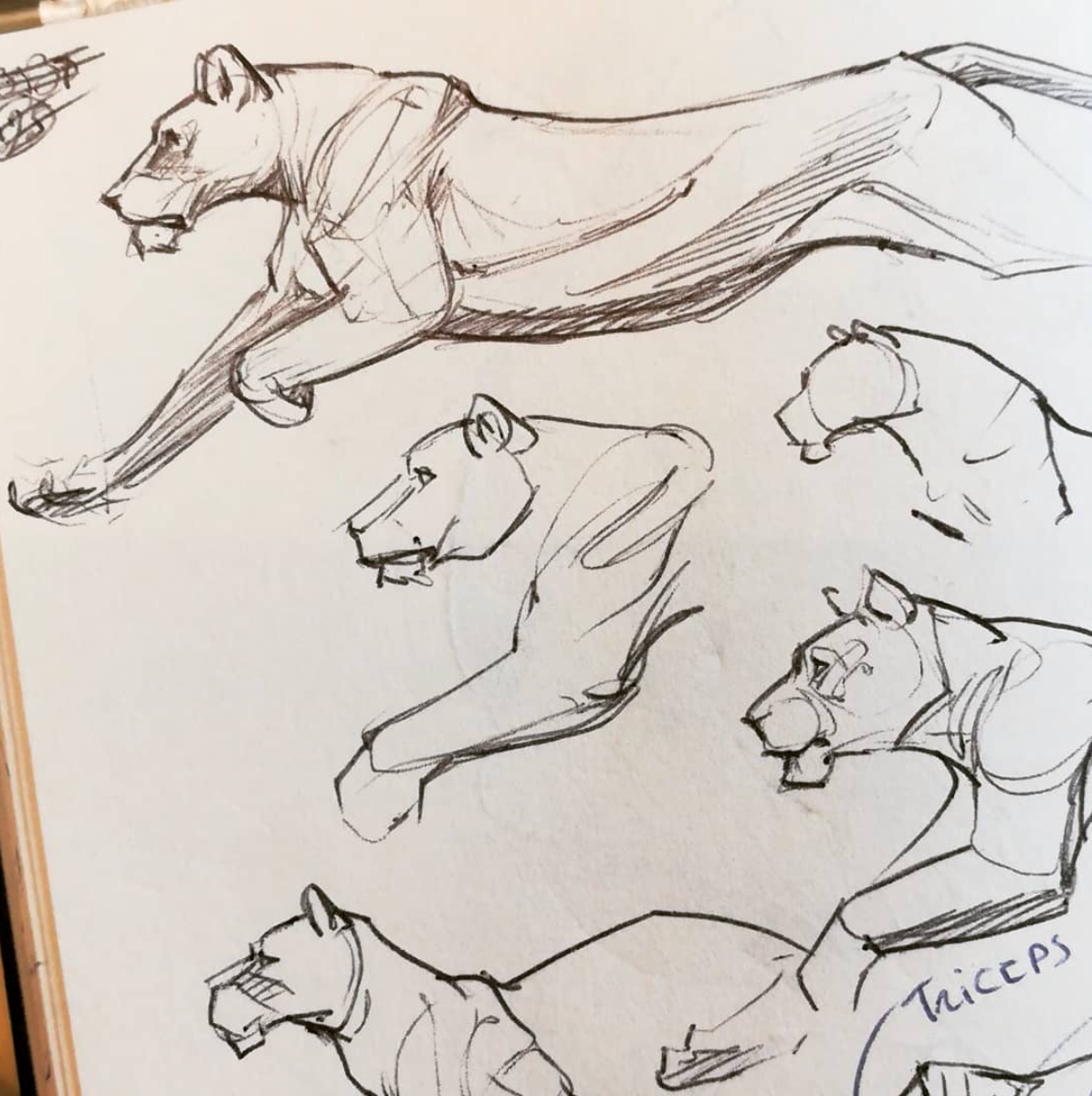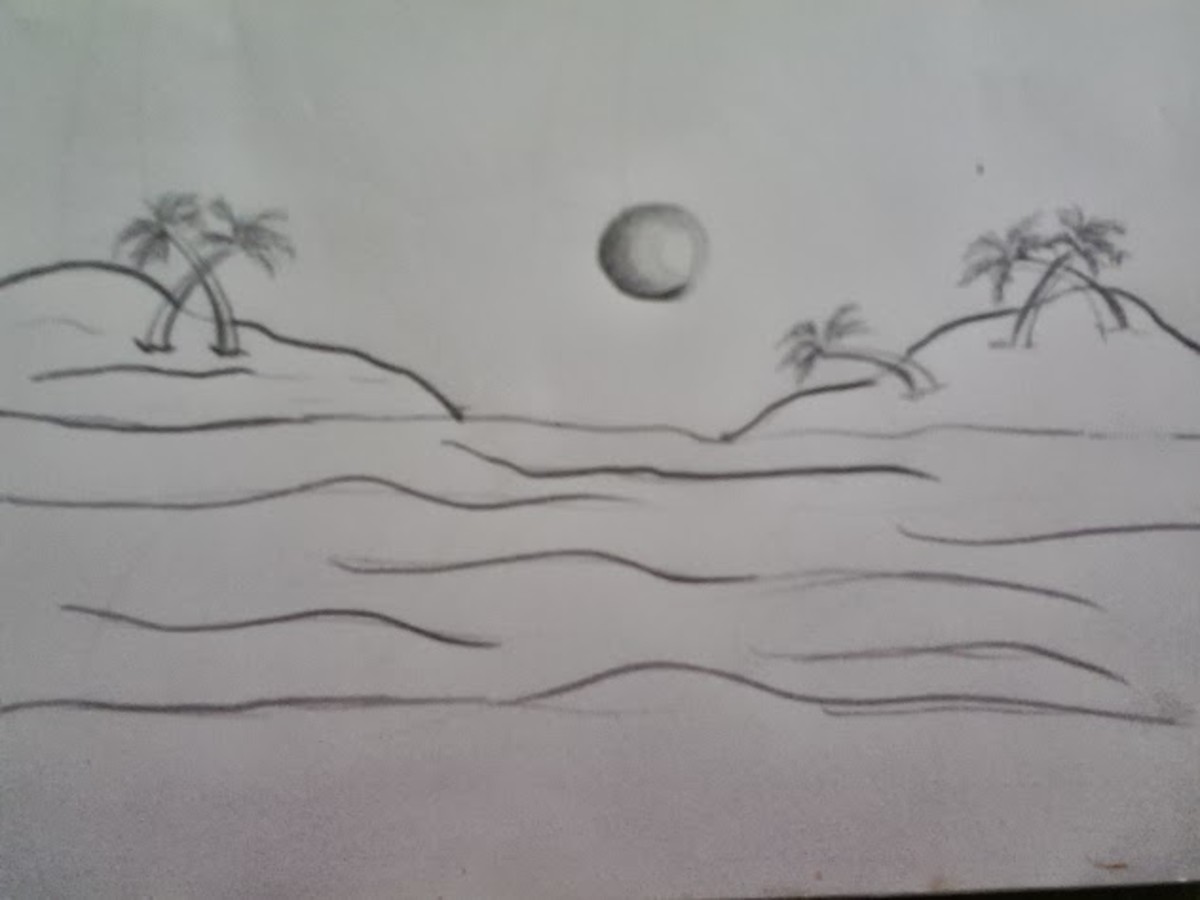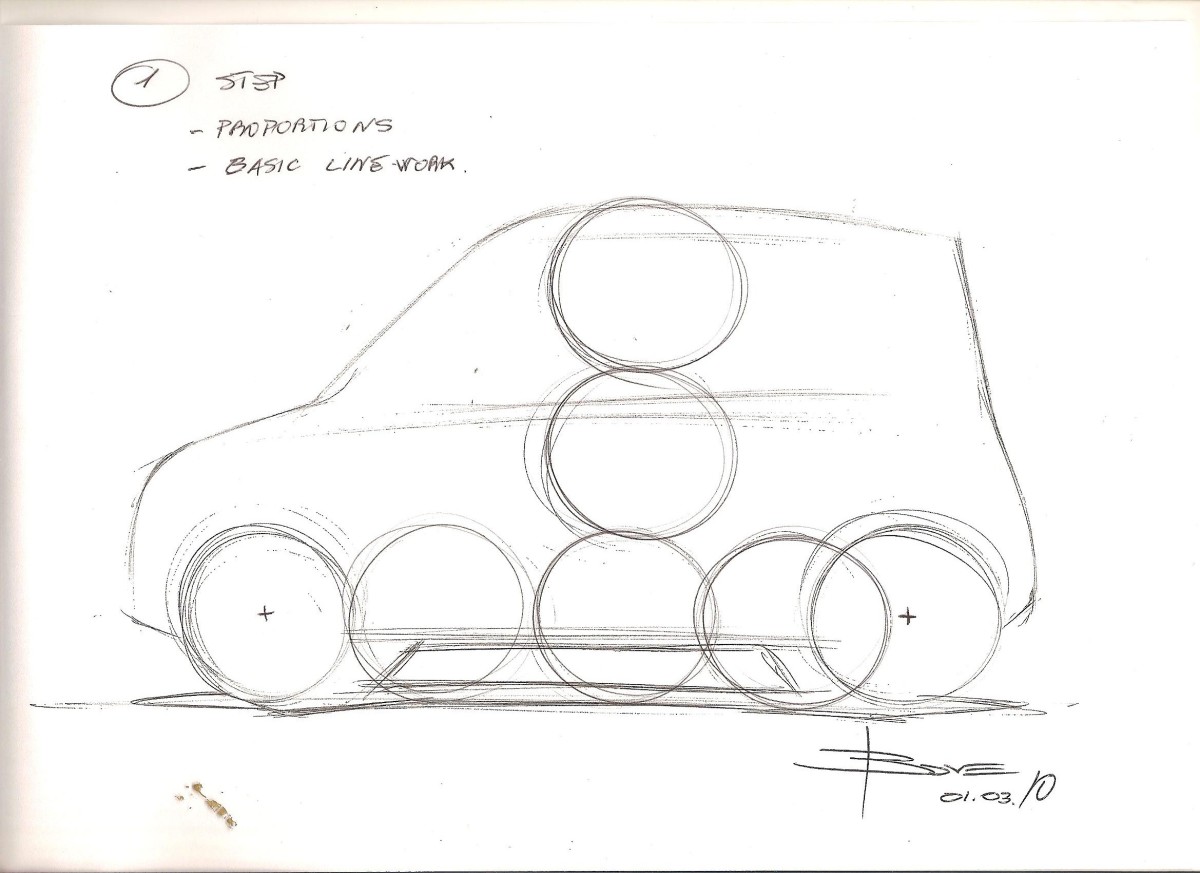- HubPages»
- Arts and Design»
- Drawing»
- Drawing Tutorials
Drawing from imagination to draw from memory, how to learn.
Drawing from imagination underwater VW.
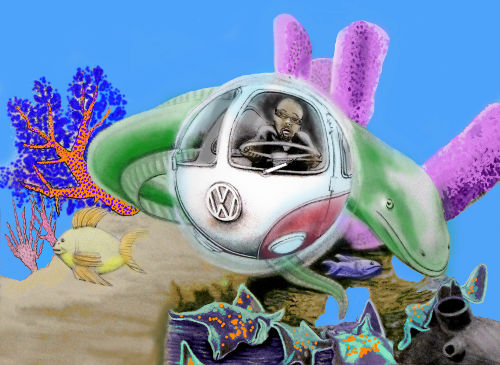

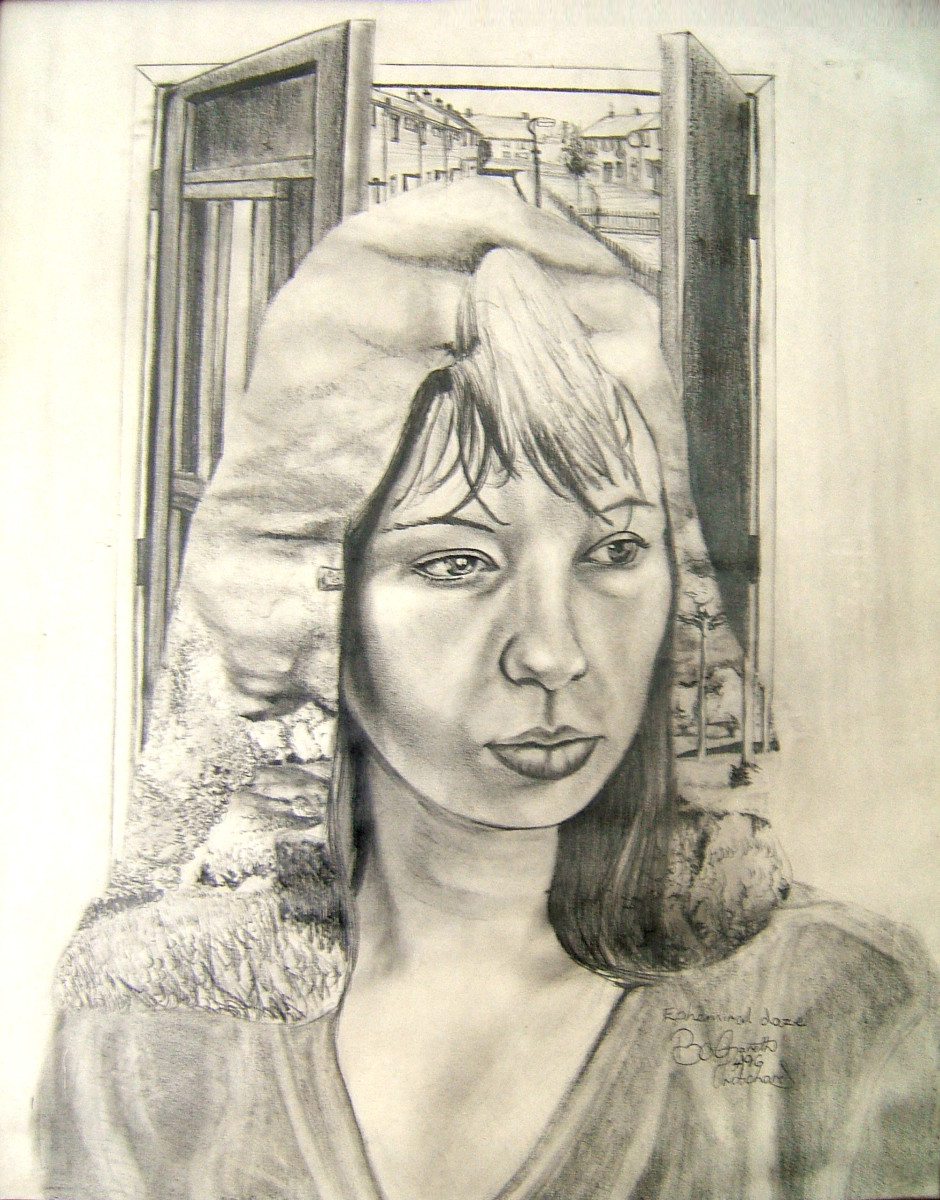

This is simply how you learn drawing from imagination.
Drawing from imagination can be greatly enhanced if you learn to draw from memory, this needs to be practised as it cannot be done from just drawing like you would normally, unless you drew the same subject over and over, so as to drill it into your mind.
To learn how to draw from memory takes a concerted effort and you have to actually practice doing it, by doing it, over and over, so as to develop your aptitude for remembering visual images. Drawing from imagination is better enabled by developing your visual memory but to do this it needs to be trained through use and will improve from doing so, to a much greater extent if you purposely teach yourself to do it. It can be done in a number of different ways but all are dependent on looking, then removing what you are looking at.
Method of learning.
One method would be to draw a subject by looking at it, then straight after, attempting to draw it again without looking at it. If you should practice this it will help your drawing from imagination but should start with simple objects at first and build up your memory capacity by practising with objects that get more and more complex.
Another part of this should be the learning of the anatomy of the subject you are drawing, for example a human being normally has two legs, two arms, a body and a head. A car has four wheels but often you can only see two or three, it has a windscreen, lights, bumpers etc. All of these components are in proportion to each other and are only found in certain places. An example of this is you don't see headlights fixed to doors or mirrors fixed to the rear doors, these components can only go in certain places and you need to learn where they are, from memory without looking.
Method of learning
One method would be to draw a subject by looking at it, then straight after, attempting to draw it again without looking at it. If you should practice this it will help your drawing from imagination but should start with simple objects at first and build up your memory capacity by practising with objects that get more and more complex.
Another part of this should be the learning of the anatomy of the subject you are drawing, for example a human being normally has two legs, two arms, a body and a head. A car has four wheels but often you can only see two or three, it has a windscreen, lights, bumpers etc. All of these components are in proportion to each other and are only found in certain places. An example of this is you don't see headlights fixed to doors or mirrors fixed to the rear doors, these components can only go in certain places and you need to learn where they are, from memory without looking.
Six and a half wheels

The means to measure
This means that you need to measure where they go and you can do this by taking one common feature of the subject you are trying to draw, for example with a car it could be a wheel, how many wheels does it take to get you to the next wheel?
With a face it could be an eye, how many eyes does it take to make up the distance from one side of a face to the other?
Where are the eyes paced in relation to the top and bottom of the head?
The eyes would be dead centre, I know this because I have done it.
Old five eyes.
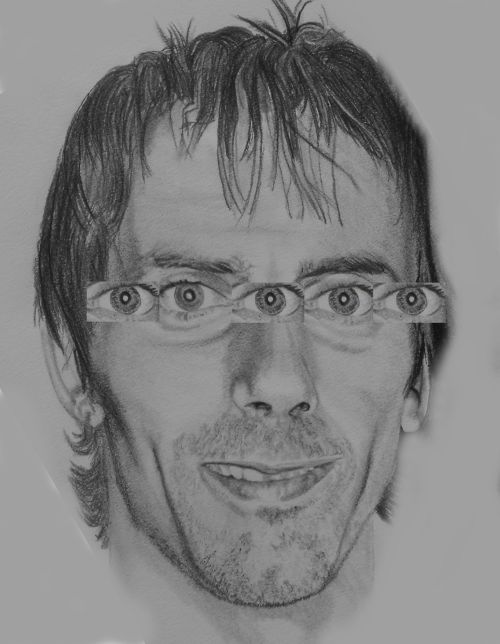
The drill for memory drawing
To be able to draw from memory you need to learn all these things as well and drill them into your head, you can also practice by looking at something for a while and then taking it away to try and draw it from memory.
By doing all these exercises you will be making your memory stronger but also drawing from imagination making it bigger and developing it's capacity for remembering more information, another attribute is that, the visual stimulus you get when drawing objects will also regenerate memories through visual recognition.
To be able to draw well from memory will take some considerable practice, it will not be achieved quickly in nearly all cases but there will always be exceptional people who seem to be able to do this easily but I have never come across one in my life time of 50 years. In my experience learning to draw from memory also develops drawing from imagination and is something you have to make a conscious effort in doing. It will not happen over night and some inevitably will be better at it than others because memory is as individual as the person is.
One thing for sure is, you will get better at drawing from imagination if you consciously practice and you only have to be a little bit better to be better than most people at drawing from memory.
Drawing from imagination to draw from memory
The video above showing memory drawing and imagination.
The video above was drawn without looking at the VW Ball Sculpture made by artist Lars-Erik Fisk, the image I had seen was also at a slightly different angle so I had to use my imagination in order to draw it at the angle I wanted it at. The finished drawing turned out to be quite imaginative and can be seen at the top of the page.
Solutions Requested.
Below you will find some comments taken from another hub page, where I did not feel I could provide the answer easily and felt this question was worthy of a Hub all of its own.
There is a simple process to learning how to draw from memory which will be explained further if you continue to read further down the page to get some understanding of what is being asked.
Please continue.
Evidence Of Request.
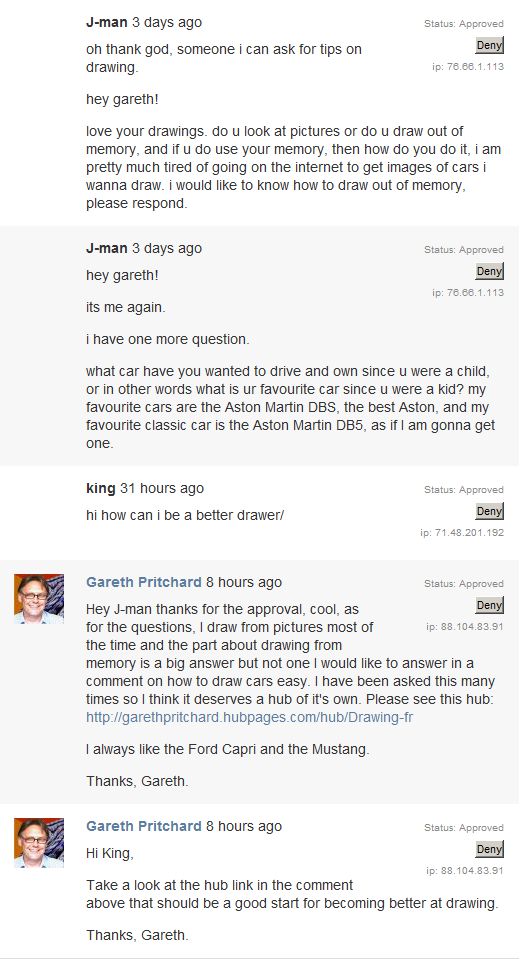
Drawing from memory and drawing from imagination in practice.
The all important under valued sketchbook is where you should be practising this process as a combined visual diary, log, journal, testing area, what ever you consider it to be. A fairly good sketchpad is about 25 -50 pages, depending on which one, 25 pages is a good size I use them all the time.
Lets just say you have been following the process laid out on the previous Hub, How to draw cars easy and you now have reached the point where you are getting fed up with drawing cars from photographs and want to draw your own cars from your memory. Perhaps what you want is not to draw cars but to actually start designing your own cars, not so much as drawing from your memory but drawing from your imagination. You have to realise they are both inseparable in a long term marriage, memory and imagination are difficult to split apart.
If you have been drawing cars and are in this situation I have described, then you will not have a great problem doing this task.
Go back to the first car you drew if you want, especially since it is probably not your best, so will give you plenty of room for improvement, draw it again in your sketchbook. Do it the same way you did it first time, if you want or try to draw it using a different way but please put some effort into doing it but do not get too demanding of yourself either it is only a sketchbook not a finished end result so much as practice.
When you have completed it try to draw it again, without looking at it, you will have now drawn this car twice, so should be a little more familiar with it than the others you have drawn when it is completed.
Repeat the process by just drawing some wheels, they can be difficult and if you can draw wheels good then you will be much better at drawing your cars good as well, good wheels are important.
Lots of car designers don't draw full wheels, they only suggest them because they are difficult and time consuming, so you should try just suggesting wheels as well, this should done be in your sketchbook as it will build up a reference library of progress, development plus experiments. Use your sketchbook for trying out ideas by process, visually informed drawing as well as memory informed drawing, this will encourage you to find solutions as well as new ideas.
If you are into drawing figures then you will notice that hands and feel are difficult to draw just like wheels and also you will find many people who draw figures also just suggest them for the same reasons as described above, they are time consuming and difficult.
Take your sketchbook with you at all times and draw as much as possible and soon you will need to buy a new one, use your sketchbook as your tool for developing your imagination and memory drawing it will work wonders for you.
Draw from memory to draw from imagination, you will find more of this information on How To Draw Easy.com as well so it might be worth a look.
An example of sketchbook work for drawing from imagination.
